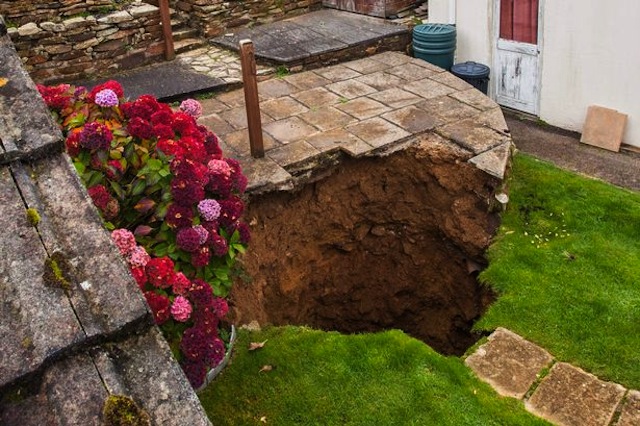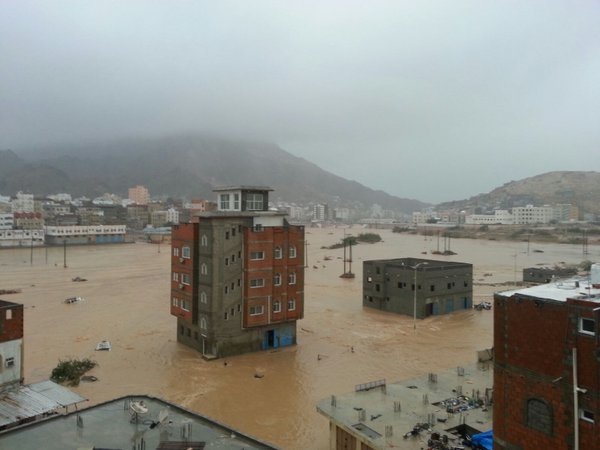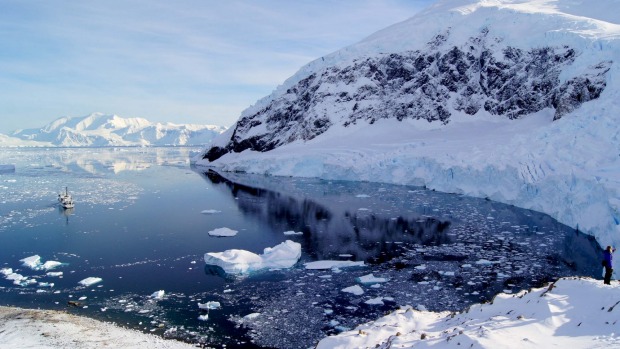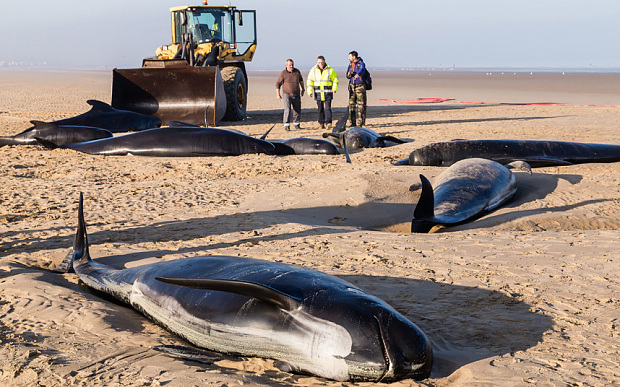
© SWNS
A 93-year-old woman miraculously survived after a 100ft-deep sinkhole suddenly opened up in front of her missing her by just inches.
Stunned Kathleen Angel watched on in horror as the giant sinkhole 'devoured' her garden. The huge death trap appeared after builders burst a water pipe during work to construct two new homes nearby. Kathleen, a widow, who lives in Carbis Bay, Cornwall, said: "It was a great shock. I heard something and looked up and there it was, a very deep, big hole in the middle of my garden. It is very concerning, very much so."
The hole turned out to be a disused mine shaft, which neighbours estimated to be over 100ft deep, and has now been cordoned off by wire fencing. Next-door neighbour Jim Ashford, 92, said: "Kathleen has not been coping well, when she heard about it I thought it was going to finish her off. "She lives on her own, I know her son-in-law comes to visit her, but she is a very reclusive person."
His son Nick added: "The building work is a living nightmare. It's been going on for two months and we were given no warning beforehand about what would happen. "The effects of it all are terrible, and it all culminated on Saturday, just as the rugby was on, when suddenly a 100ft hole appeared in the garden next door. "If Kathleen was standing over it she would have died.




Comment: See also: Severe storms, huge hailstones, 'tornado', batter south eastern Australia
Additional coverage of the storm from 9news.com.au